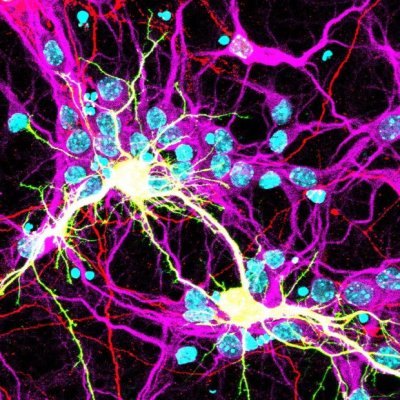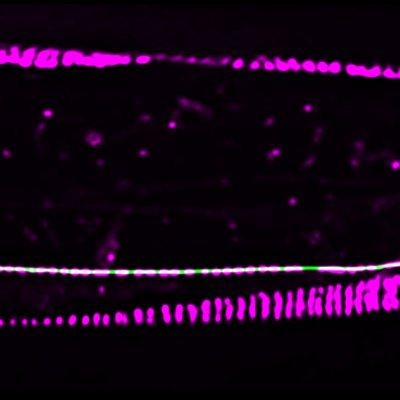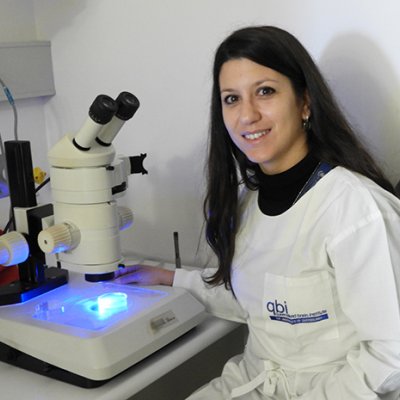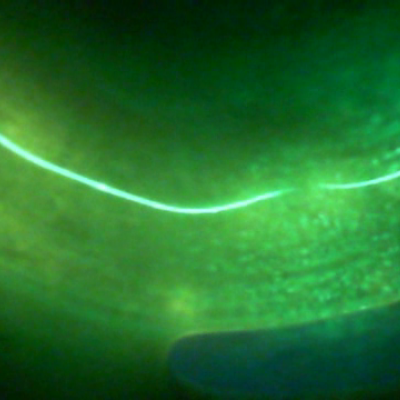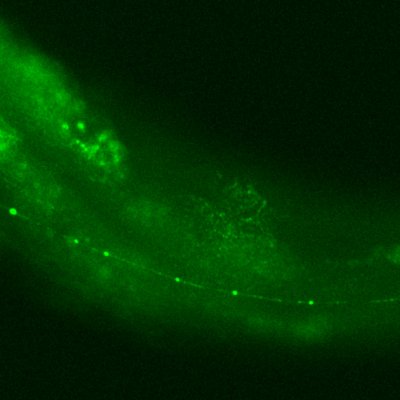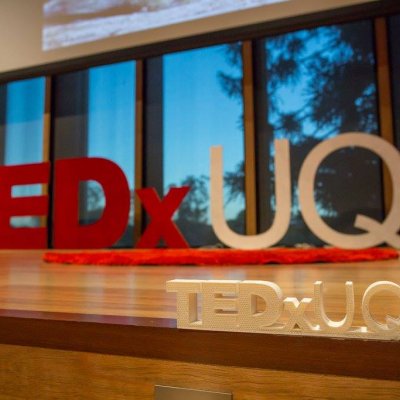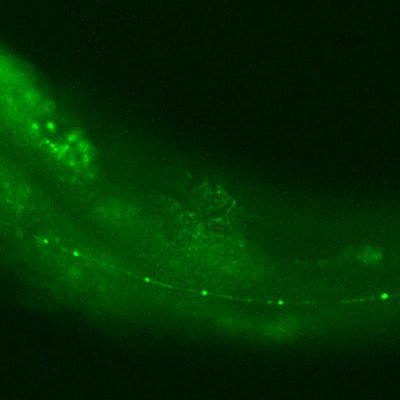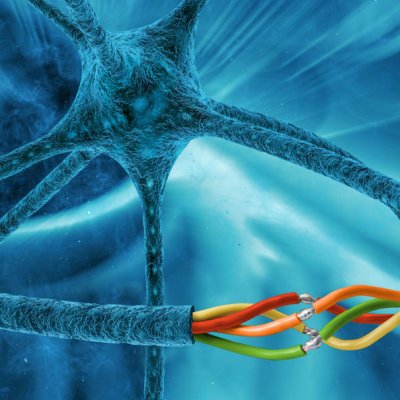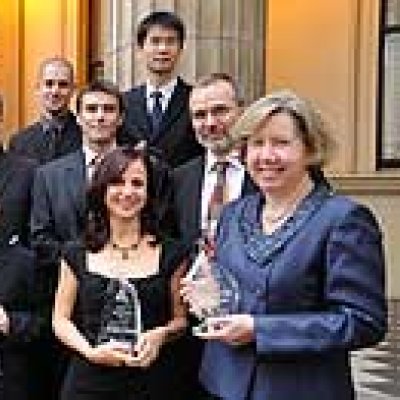Researchers at QBI have discovered viruses such as SARS-CoV-2 can cause brain cells to fuse, initiating malfunctions that lead to chronic neurological symptoms.
8 June 2023Researchers at The University of Queensland have identified a molecule essential for regulating the repair of injured nerves, which could help people recover from nerve damage.
17 March 2022A way in which some connections between brain cells can resist degeneration – a hallmark of traumatic brain injuries and neurodegenerative diseases — has been discovered by researchers at The University of Queensland.
16 January 2020Years of hard work have led Dr Alessandra Donato to the cusp of a discovery that could result in new treatments for neurodegenerative diseases like Alzheimer’s and Parkinson’s disease.
18 July 2019A tiny worm’s ability to repair damaged nerves could one day help people with nerve injuries such as paralysis, according to University of Queensland research.
30 April 2019Research into fighting the flu, improving outcomes for vulnerable infants, and battling kidney disease has netted almost $42 million in funding for academics from The University of Queensland.
12 December 2018A discovery in a transparent roundworm has brought scientists one step closer to understanding why nerves degenerate.
20 September 2017TEDxUQ will return to The University of Queensland on 12 August, under the banner Thinking Out Loud.
8 August 2017A discovery in a transparent roundworm has brought scientists one step closer to understanding nerve degeneration.
12 February 2016A small transparent roundworm with the remarkable ability to self-heal may hold the secret to treating nerve injuries in humans.
8 January 2015University of Queensland (UQ) researchers have made a significant discovery that could one day halt a number of neurodegenerative diseases.
27 December 2013A team of international scientists is one step closer to understanding neurodegenerative diseases after developing a tool to explore how nerve cells become damaged.
25 October 2013New research, published today in prestigious journal Science, has identified the gene responsible for an insect’s resistance to a major fumigant used by Australia’s grain industry for insect free grain.
9 November 2012Australian and US scientists have developed a new technology for studying the genetics of a common roundworm used to understand nerve development and nerve degeneration.
30 April 2012A study in worms that are less than a millimetre long has yielded clues that may be important for understanding how nerves grow.
20 September 2011In humans, regeneration of the peripheral nervous system after injury remains a hit-or-miss affair, while brain and spinal cord damage usually results in lifelong disabilities.
30 March 2011Most people don’t think twice about the roundworms in their backyard, however Dr Massimo Hilliard has built his career studying them – and now the Queensland Brain Institute (QBI) neuroscientist has been rewarded for his efforts.
28 September 2010Eleven young University of Queensland researchers have been honoured at the 2010 UQ Foundation Research Excellence Awards.
22 September 2010A student from the Gold Coast has placed second in a prestigious international competition testing high school students’ knowledge of neuroscience - the best ever result for an Australian participant.
28 September 2009